
Product test
Quite expensive and (sadly) pretty good: React sports glasses
by Patrick Bardelli

High-tech, «Made in Switzerland» sports glasses are produced in Wattwil. React’s products incorporate incredible craftship and almost 40 years of experience from the welding industry.
Picture this: glorious weather not far from the Churfirsten mountain range. The sun is beaming to itself. It’s perfect conditions for my visit to Optrel Sports AG. The company produces sports glasses for summer and winter in Wattwil under the brand name «React». I was already won over by the benefits of the «Optray» model. And now it’s time for a visit to eastern Switzerland to take a look for myself.
In the mid-1980s, Optrel, the parent company of React, developed an auto-darkening welding helmet based on liquid crystal technology. The company is now a leading supplier of safety products for the face, head and respiratory protection. Optrel employs around 80 people at its headquarters in Wattwil. Including Managing Director Marco Koch and Chief Sales Officer Konstantin Roth, who are on hand today to show me their sports glasses.
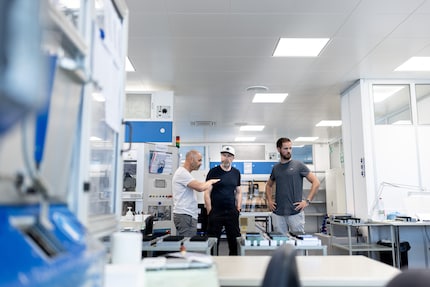
While the first models still had a small viewing window that granted welders tunnel vision of their work, Optrel took the next evolutionary step by developing a helmet with a cut-out for the nose. According to Marco Koch, it wasn’t an easy job to convince their partner companies to make this nose cut-out and the larger field of vision this gave. «Impossible? Not if we have anything to do with it. That’s essentially what we’re all about,» says Konstantin Roth with a smile.
After that, the company wanted to launch a curved display for welding helmets. Top tier, so to speak. About ten years ago, they finally found a business partner in Japan that would allow them to collaborate on the prototype of a curved plastic display. However, a design like this would have to darken all the way to protection level 13, as welding arcs are extremely bright. To put that into context, React’s Optray models go up to protection level four. This makes them suitable for use on glaciers and high up in the mountains.
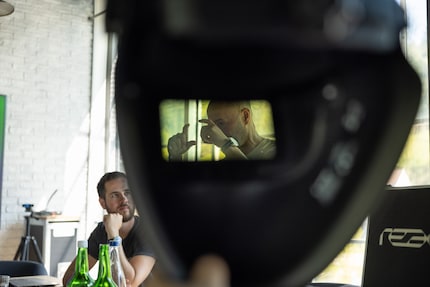
What do you do with technology that doesn’t quite meet the highest standards for a welding helmet but has the potential to shake up the sports sector? Exactly that. «Glare protection is our core skill,» points out Marco Koch. So it went without saying that we couldn’t just let the plans for the curved display gather dust in a drawer. Instead, we had to use them in a pair of sports glasses for summer and winter. No sooner said than done.
And of course, the original idea of the curved, lightweight display on a welding helmet that can be darkened to protection level 13 is far from off the table. Marco Koch and Konstantin Roth hope that further development into this technology in the consumer sector will provide important input for the industrial sphere. That way their «top tier» product will eventually become reality. Because there’s no such thing as no can do at Optrel. But this concept is still a long way off. In the here and now, we’re off to visit the sports glasses factory.
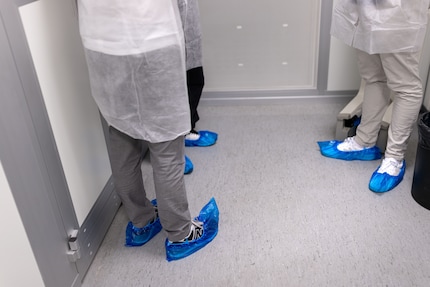
First, they connect the polycarbonate pane, which has been prefabricated by an Optrel partner, to the liquid crystal display. This is carried out at 130 hPa absolute pressure, which corresponds to an altitude of just under 15,000 metres above sea level. So theoretically, you could almost climb double the height of Mount Everest with these glasses. This is followed by a connection safety check to test for impurities, dust and similar defects.
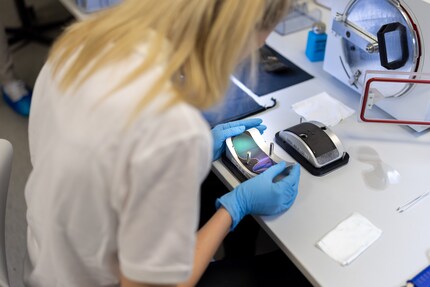
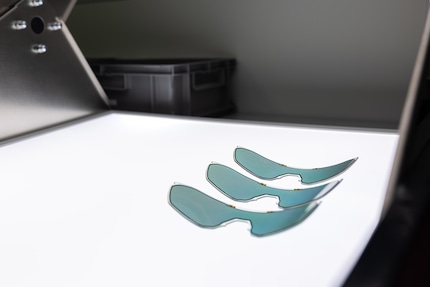
The next stage is where the electronic components of the glasses are aligned with the LCD. They use an artificial sun to test the electronics for the correct brightness. After that, both components, the electronics and the LCD are connected to each other.
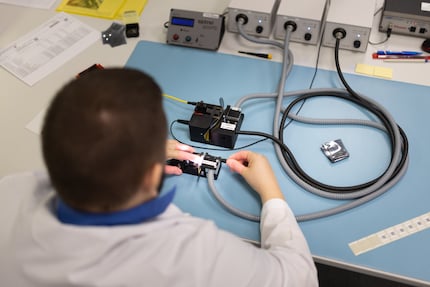
Now the electronics are made waterproof and cured under UV light before the glasses get laser engraved with their individual serial number. This allows the entire production process to be traced back at a later date.
And then, all that remains is final testing to check all the functions as well as packaging and storage before the Optray glasses are shipped.
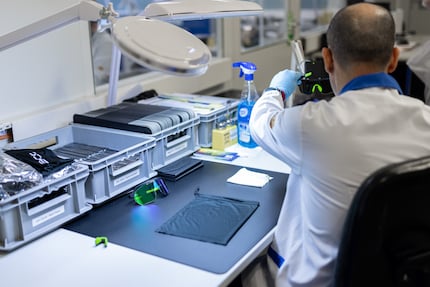
They make the summer Optray models in Wattwil in spring/early summer. By autumn, it’ll be time for the Sight 2.0 series goggles designed for winter sports. At present, React sports glasses account for about 10% of all group revenue, according to Konstantin Roth. The company aims to increase this figure to around 20% by the end of the year. And after that, focus on everyday glasses as well as sports ones.
But the existing models are also constantly being developed further. Which is why they have an 18-strong team of engineers in the in-house research and development department working on the next generation of high-tech sports glasses «Made in Switzerland». Rosy prospects, not least for the area where they’re made in eastern Switzerland.
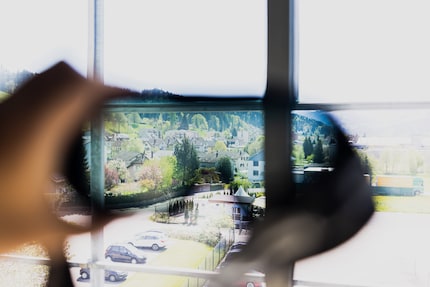
From radio journalist to product tester and storyteller, jogger to gravel bike novice and fitness enthusiast with barbells and dumbbells. I'm excited to see where the journey'll take me next.
Interesting facts about products, behind-the-scenes looks at manufacturers and deep-dives on interesting people.
Show all